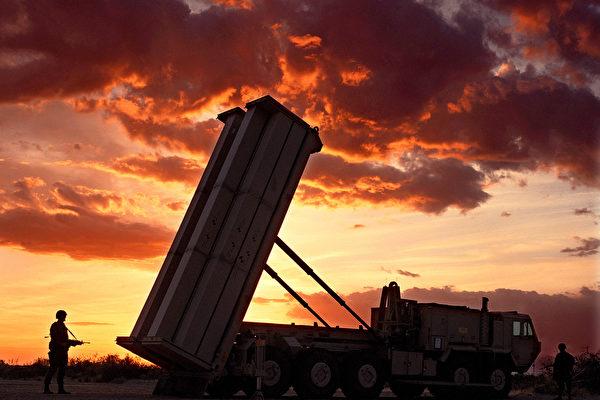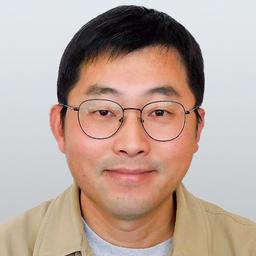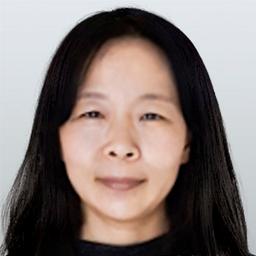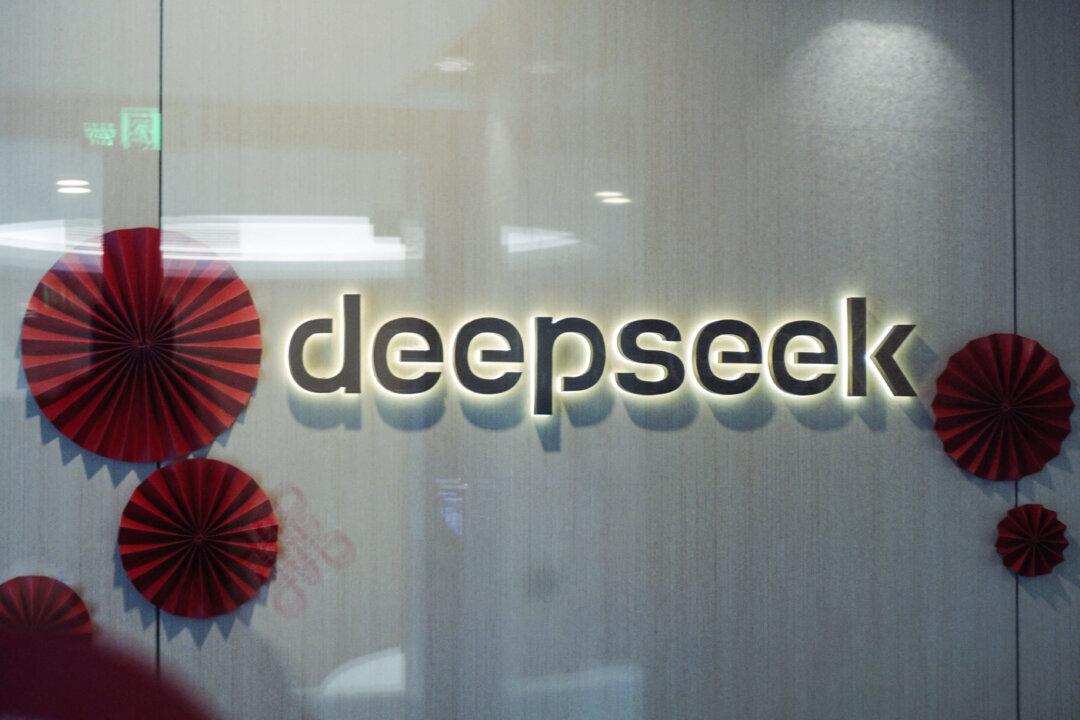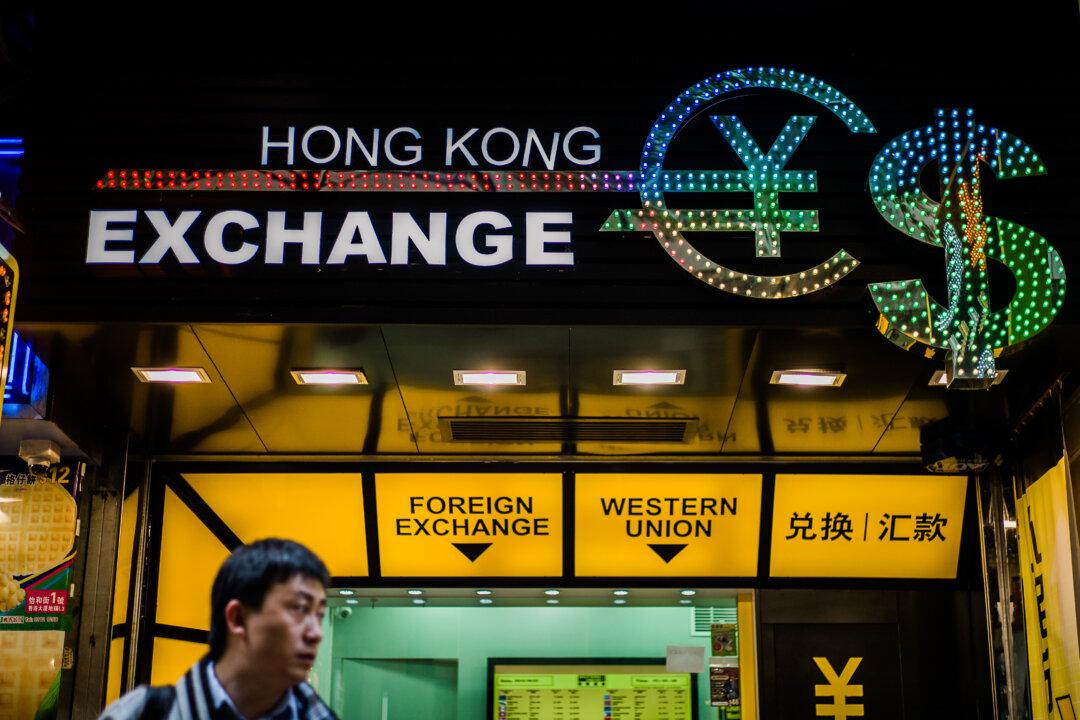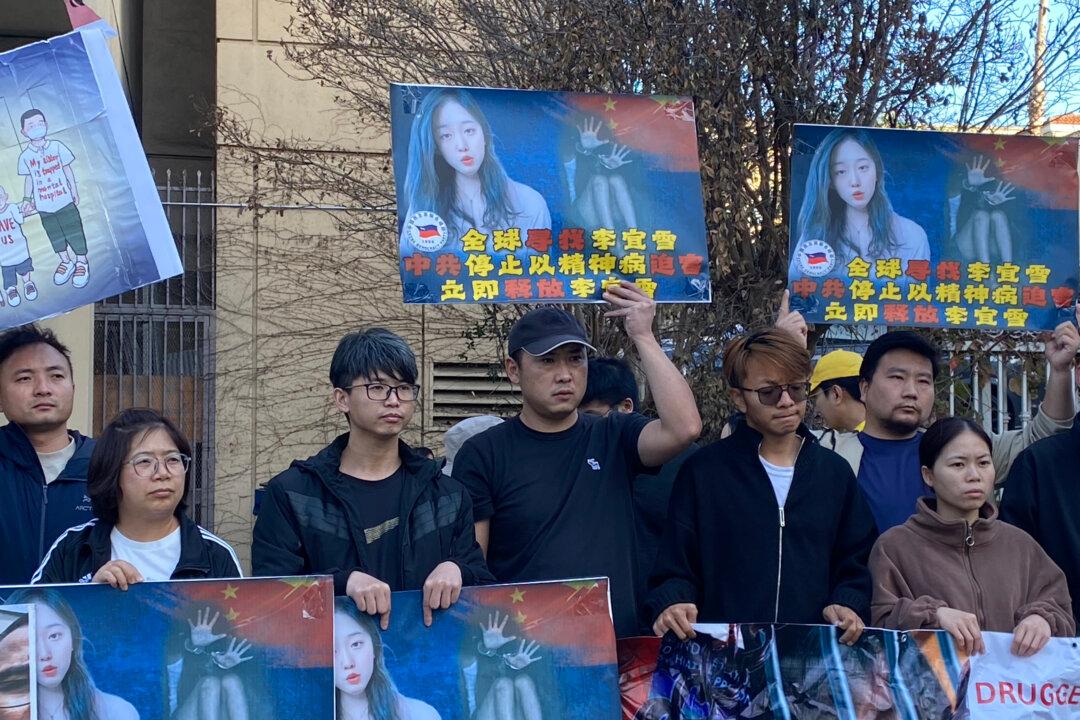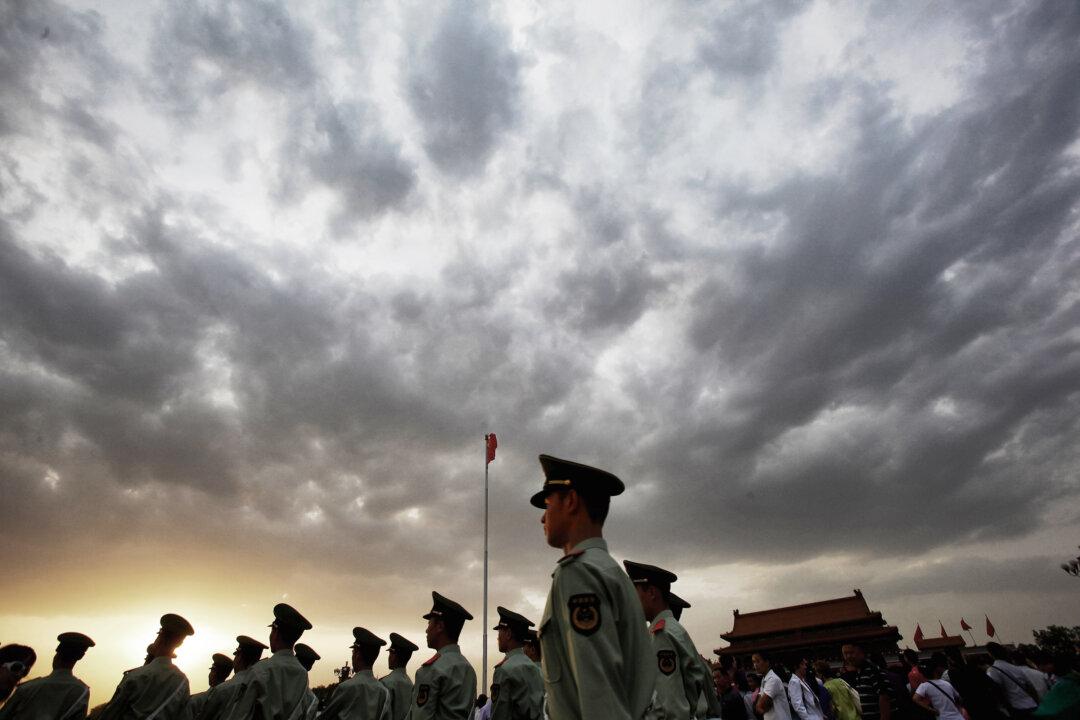The foreign ministries of China and South Korea are exchanging words about South Korea’s deployment of the U.S. THAAD anti-missile system. While China opposes this action, South Korean President Yoon Suk-yeol is steadfast in wanting to improve his country’s defense capabilities against North Korea. He also wants to reduce economic dependence on China.
According to Korea’s Yonhap News Agency, China is against South Korea’s deployment of the U.S.-designed Terminal High Altitude Air Defense system (THAAD). During a press conference on July 27, Chinese Foreign Ministry spokesperson, Zhao Lijian said South Korea would be dishonest if it deployed the THAAD system and asked the Koreans to act prudently. He was referring to South Korea’s prior commitment to the “Three No’s” policy against the THAAD system.
